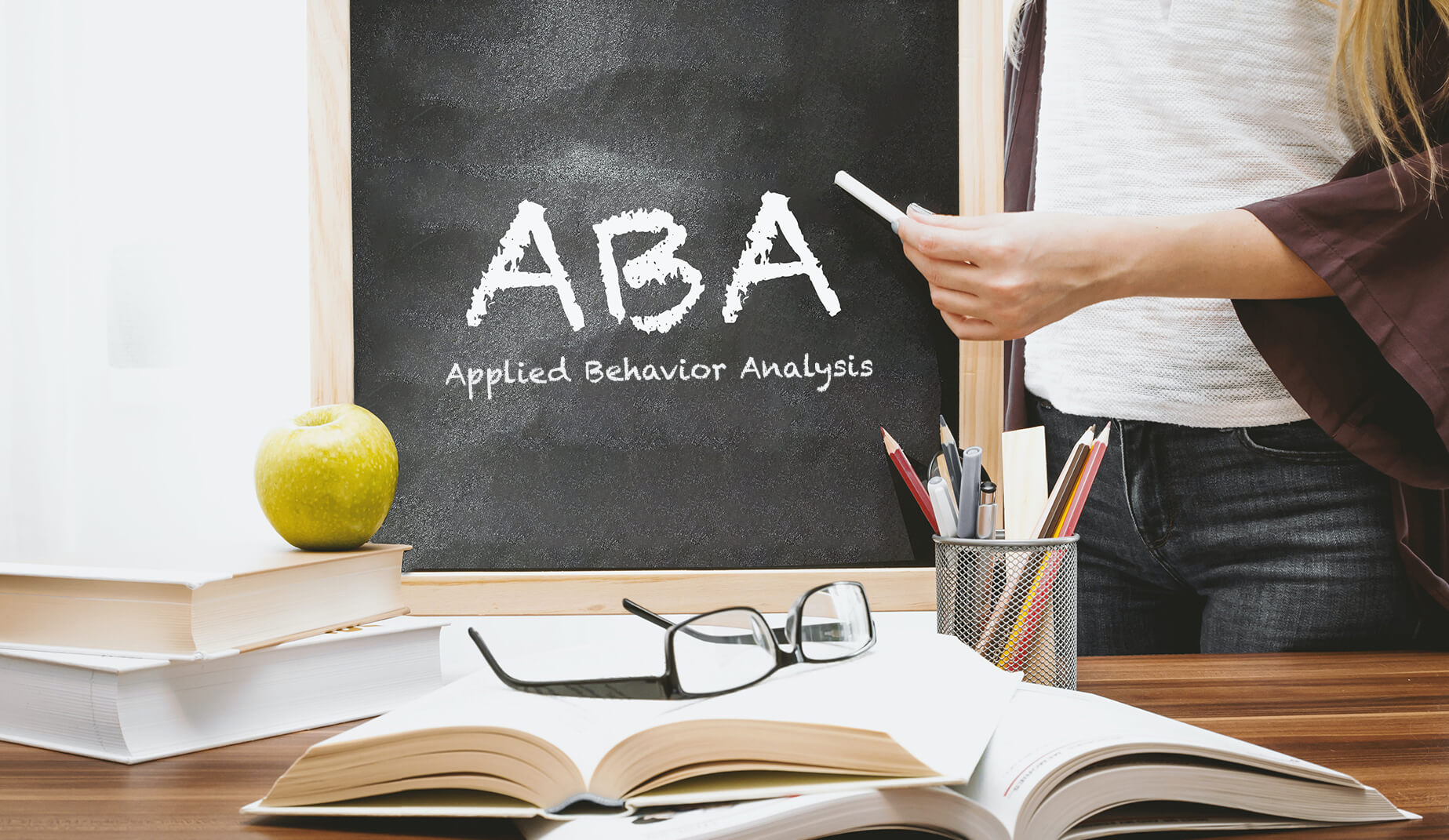How Applied Behavior Analysis is Built Into Digitability

Written by Valerie Hill M.Ed., BCBA, a Board Certified Behavior Analyst and former autism support teacher from Delaware with experience working in self-contained classrooms.
The principles of Applied Behavior Analysis affect just about every aspect of our lives, whether we realize it or not. Why do we go to work every day? Because we have a history of being positively reinforced by earning an income. Why do we slow down when driving near a police officer? To avoid the punishment of getting a speeding ticket. Many of our decisions are based on a history of reinforcement.
This is how Digitability is able to effectively prepare students for meaningful careers after transitioning from school. The natural ABA contingencies that we all encounter in our workplaces are intentionally built into the curriculum. This allows for students to come in contact with and learn these contingencies before leaving the classroom. By explicitly teaching the norms and expectations of a workplace through the use of Applied Behavior Analysis, students will be more prepared for workplace success.
Get Your FREE Quote Today!

Students learn in the very first lesson that they can earn virtual dollars for participating in lessons. As students earn these dollars, they are entered on Bankability, Digitability’s online banking program, and are able to accumulate Participation Dollars. Additionally, students earn a salary for unlocking lesson badges and dollars that correspond to scores on their Exit Ticket. Earning dollars and inputting them into an online banking system mimics real workplace reinforcement.
In a work environment, employees earn real money that is typically directly deposited into their bank accounts. As students progress through the Digitability curriculum, more workplace ready behaviors are introduced that will give students the opportunity to earn dollars. In addition to participating, students will be taught that they can also earn money for following directions, collaborating, encouraging, helping, greeting others, problem solving, and sharing. These are all positive workplace behaviors that students will receive reinforcement for demonstrating. Inherently, when a student contacts reinforcement for a specific behavior, that behavior is more likely to occur more frequently in the future, thus setting students up for success in a workplace.

While earning money alone is effective reinforcement for some students, Digitability takes reinforcement a step further by allowing teachers to set up a Social Economy, in which students can purchase preferred items or activities with their income, again, mirroring real life reinforcement. Just like we may use the money we have earned to purchase items that are reinforcing to us, for example a new outfit or a nice Italian dinner, students can use their money to buy items from the Social Economy, which could be snacks, technology time, or any number of other activities set up by the teacher using student input.
Digitability also focuses on decreasing behaviors that are not appropriate for the workplace. Now, some educators may think “But that is punishment! We shouldn’t take away what our students have earned!” Remember, punishment, by definition, means a decrease in future rates of behavior. Through Digitability, students learn that their actions may have consequences. In the classroom, the consequence could be losing a dollar, but in the real world, the consequence could be losing their job! We want to teach these skills, and decrease inappropriate behavior before students enter the workforce. Students can receive deductions in money for specific behaviors that are not workplace ready.
In Level 1, students will only receive deductions for not following directions, specifically, going ahead in lessons and unlocking badges that were not yet assigned to them. As students progress through the lessons, more behaviors will be introduced that will result in deductions, such as arguing, disrespect, complaining, off-topic comments, aggression, and misusing materials. Deducting money from students for these behaviors will inherently teach them that these behaviors hinder reinforcement and should occur less frequently, thus setting students up for success in the workplace.
One of the most exciting features of the Digitability reinforcement system is that it can be used throughout the entire school day. Teachers can make dollars more effective by handing them out during all lessons, and not just in isolation during Digitability lessons. This will increase students’ financial literacy. Additionally, using the dollars throughout the day makes it easier on the teacher to use one reinforcement system with all students and not have to worry about multiple systems running at once. Ultimately, the ABA strategies embedded in Digitability are specifically designed to easily support classrooms through all subject areas and lessons.
About Digitability
You may also be interested in...
